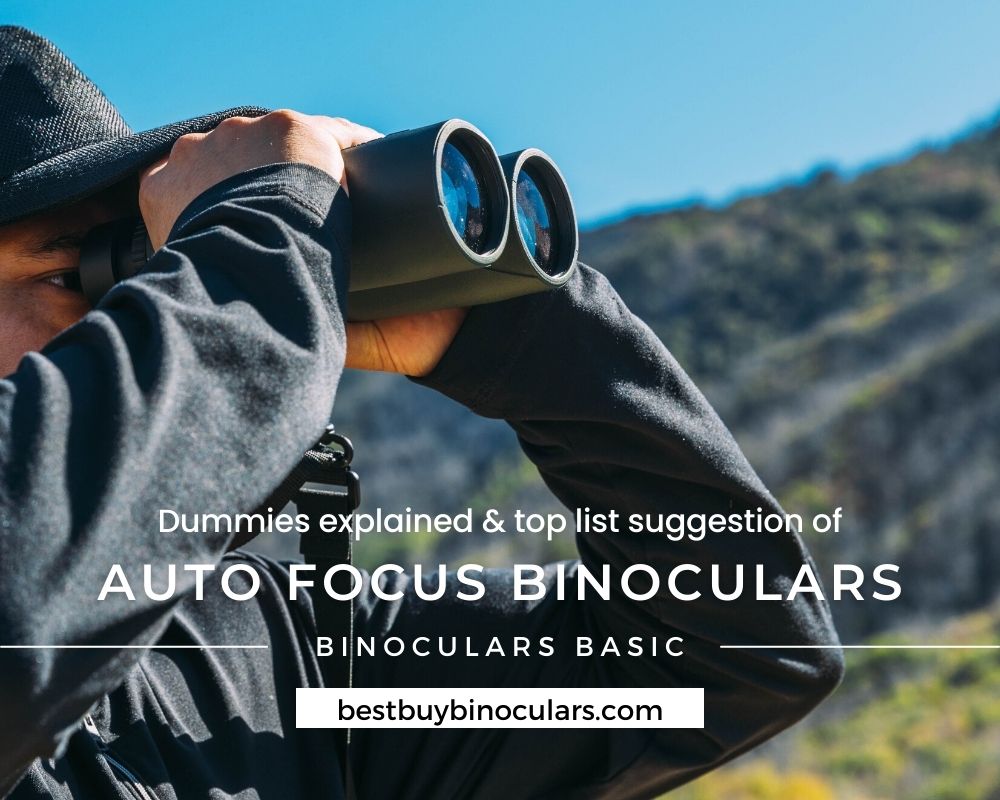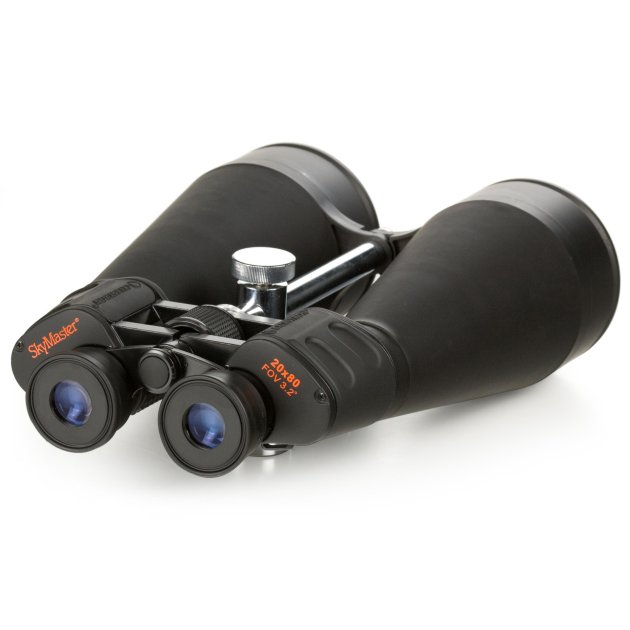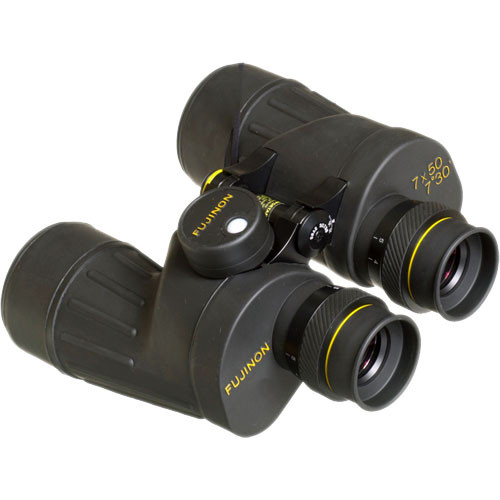
It turns out that auto focus binoculars are easier to start with. They are lighter, less adjustment required and usually cheaper than other regular binoculars. Besides, we witnessed quite several misleading perceptions about auto focus binoculars. In this article, we will try as simply as possible to deliver all the basic concepts, along with our favorite list of this category that may best suit YOUR DEMAND.
However, if you’re too familiar with the foundation already, you can click the recommendation list section in the menu below to move quickly to our buying suggestions.
But first, are auto focus binoculars that amazing…?
What are auto focus binoculars?
Well, if you’re looking for something that can really “auto-focus” anything anytime at any distance, then: “NO! This is not the case.” So what is it all about? Basically, auto focus binoculars allow you to observe objects WITHOUT the need of physical adjustment or straining the eyes to keep things in focus. Some big players in this segment are Bushnell, Steiner, Barska, Celestron,…
Also, auto focus binoculars are called as: fixed focus, focus free binoculars, constant focus or always in focus binoculars. However, there’s actually no inherent auto-focus system behind. All the auto focus binoculars do is to help leveraging your natural eyesight at better distance. To get a clearer picture, take a look at:
Auto focus binoculars’ working mechanism
Mechanism
The most basic difference between regular and focus free binoculars is with or without focus knob (usually central). Regular binoculars use a focus knob to control the gap between ocular lenses to get things in focus.
On the other hand, auto focus binoculars leave focus duty to the diopter adjustment system. This adjustment system of focus free binoculars are the 2 diopter rings on each of the 2 eyepieces. Each of them would adjust the gap of eyepieces on the side that they are situated. Detailedly, this system would calibrate the binoculars to your eyesight.
Objective lenses stay nearly the same responsibility collecting lights.

Setting up
Now, back to the human eye’s natural ability build-up things, you would get a closer view based on focus free binoculars’ basic setting up steps. That is:
- Reach the maximum focus distance of binoculars
- Adjust things in focus following one eye
- Adjust things in focus to the other eye
Specifically, you will find the setup following this way:
Firstly, you need to adjust the binoculars to reach the extreme distant focus with your left eye looking through the eyepiece, and your right eyes closed.
Secondly, you have to modify it until you get the sharp focus images.
Now that things go well with the left eye, all you have to do left is dealing with the right eye. Of course, all you need to do is to do the same set of actions until things are sharply focused.
Focus free binoculars tend to require a locking action after you have defined your sharp focus status. Usually, it’s the action of pushing the diopter adjustment ring away from the eyepiece.
Auto-focus binoculars: the pros, the cons, the fit
Focus free binoculars seem to be so convenient. However, regular binoculars still stay strong in the market. We’ll walk you through all the strengths and weaknesses, so that you can make your decision.
Pros
- Not having as many moving parts (no focus knob, fewer oculars,…), auto focus binoculars definitely are lighter and even cheaper.
- Obviously, it requires a lot less technical and physical adjustment, hence, less complicated in using experience. Therefore, it tends to be a better option for kids
- Also because of not having to produce with many moving parts, auto focus binoculars are invested to result in better build quality and waterproof ability.
- From our personal experience, focus free binoculars would have a better deep field of view. Also for the angular field of view.
Cons
- Close focus distance is a weakness of auto focus binoculars.
- For elderlies, focus free binoculars could bring some eye strain during the viewing experience. The auto focus binoculars working mechanism is based on the natural ability of your eyes, for old people it might be a bit tough because the eyes are as strong anymore.
- Once you have set the binoculars to your eyesight, it is troublesome for anyone to borrow from. They are likely to adjust the eyepiece and diopter adjustment again. And then, when you take them back, you have reset the setup.
- Finally, this is an intangible cons, and it depends on your personal favorite. Auto focus binoculars require less hand adjustment during the use. But not everyone prefers that experience. On the other hand, there are folks who like to switch and do physical adjustment during the viewing duration because it’s part of the experience. And that’s totally reasonable. Swarovski, Zeiss, Leica are not famous for auto focus binoculars, but they are still top tier in the binoculars world.
The fit
In fact, they are mostly OK to use in many outdoor activities: birdwatching, hunting, nature observation,… Focus free binoculars require less manual adjustment, so this is especially an ideal option if you’re watching fast-moving objects. For example, if you’re in a race, or a large sport stadium, focus free binoculars are perfect.
However, because the close focus distance is not ideal, watching butterflies, insects or any close range activities are unsuitable.
Auto focus binoculars binoculars suggestion list
Bushnell Spectator Sport 12X50 Permafocus Auto focus Binoculars
Basic specs
| Field of view | 305 ft |
| Magnification | 10x |
| Objective diameter | 50 mm |
| Prism type | Porro |
| Prism glass | BAK-4 |
| Lens coating | Multi coated |
| Weight | 31 oz |
| Price | Around $150 (Depends on where you receive the item) |

Pros
Firstly, we want to emphasize the price effective for these Bushnell binoculars. Around $70 for a quality auto focus binoculars is so affordable.
However, you get a multi coated and BAK-4 prism bino, that’s promising. In fact, we felt totally pleased with the light transmission of these focus free binoculars. Things are so clean, bright and crispy.
The contrast, the details of these Bushnell binoculars are great. Moreover, because this auto focus binoculars uses porro prism, you would retain all the great image and brightness features in dim light conditions. We always prefer the low light performance of porro prism binoculars to be honest. And of course, the focus was totally sharp.
Last but not least, the build quality is good. There’re also rougher textures on the palm position and softer textures on other positions, which ensures perfect grip.
Cons
Obviously, the eye relief is too short, which is not suitable for eyeglasses wearers. We have said above that auto focus binoculars tend to be lighter, but this is a 50 mm objective lens diameter binoculars. Which means technically, it won’t be a lightweight option (like any other 50 mm objective lens diameter binoculars).
To be honest, compared to other similar type sizes, it is not a heavy focus free binoculars at all. However, we still want to list down in this section to aware you that this size of objective diameter wouldn’t be lightweight naturally.
Steiner Navigator Pro 7X50 Auto Focus Binoculars
Basic specs
| Field of view | 370 ft |
| Magnification | 7x |
| Objective diameter | 50 mm |
| Eye Relief | 20.2 mm |
| Prism type | Porro |
| Prism glass | BAK-4 |
| Lens coating | N/A |
| Weight | 36.3 oz |
| Dimension | 5.5 x 8.1 x 12 (inches) |
| Waterproof | Yes |
| Price | $400 (Depends on where you receive the item) |

Pros
The first thing we have to mention in any Steiner binoculars is the build quality. And this focus free binoculars is no exception. They use Makrolon housing, which is durable polycarbonate with NBR Long Life rubber armoring. In another word: really secured.
These Steiner binoculars also use porro prism. And yes, we’re more than happy with the light transmission and image quality of them. In general, objects were delivered in bright, sharp and high contrast status.
Low-light performance is another plus. Our dark condition experience with this auto focus binoculars was amazing. Moreover, they deliver 3D images from 20 yards to infinity, things were very lively.
About the focus system: really sharp, no complaints! Their eye relief is long enough to make eyeglasses wearers feel comfortable. These Steiner binoculars’ field of view (370 ft) is also good enough to rank high in the market.
Last but not least, this is a waterproof option. Which means, combining with the build quality, it would stay in your luggage for a long while.
Cons
First of all, it’s definitely not a lightweight option, mostly because of this type of diameter objective naturally is.
Secondly, it’s the price tag that would concern you. Although these Steiner binoculars are high tier options, around $350 is not cheap in the focus free binoculars world. If you buy the option with a compass attached, the price is around $420.
In the regular binoculars world, this price is just around the midpoint of the mid tier segment. Which means, generally, paying $350 for a good pair of binoculars is not too much of an odd. However, we still want to present the full perspective here.
Finally, we had some problems with the lens cap dropping occasionally. Not too annoying to us but it might be a considerable point to someone else.
Celestron SkyMaster 20X80 Auto focus binoculars
Basic specs
| Field of view | 195 ft |
| Magnification | 20x |
| Objective diameter | 80 mm |
| Eye Relief | 18 mm |
| Prism type | Porro |
| Prism glass | BAK-4 |
| Lens coating | Multi-coated |
| Weight | 75 oz |
| Dimension | 9.0 x 4.7 x 12.8 (inches) |
| Price | Around $150 (Depends on where you receive the item) |
Celestron binoculars have always been on top of the minds of astronomy enthusiasts. These binoculars are designed to serve astronomy purposes too. Therefore, in this section, we’ll review the experience of them as astronomy binoculars. However, we also have another review article of this Celestron binoculars Sykmaster of a smaller size, which is a bit more suitable for terrestrial uses, link right HERE.

Pros
First of all, the quality of light transmission and image are amazing. The brightness and sharpness are rich to watch the night sky clearly. All the details were delivered in high resolution to make you satisfied.
Specifically, we found observing the moon, the Orion Nebula, Venus, Saturn and other star gazing experiences very pleasant. One of the highlights of the Celestron SkyMaster 20X80 is being well-collimated. Definitely, you shouldn’t be able to find this easily in low segment options.
Secondly, speaking of price, $140 for an astronomy binoculars is not the cheapest, but totally affordable. Moreover, you would get an objective lens cap, rainguard, carrying case, neck strap, lens cloth included, so these Celestron binoculars are not expensive at all.
Next, build quality is also a plus. The rubber armor is quite tough. Eye relief is also long enough to serve the majority of eyeglasses wearers.
Finally, we want to talk about the versatility of the product. The Celestron SkyMaster 20X80 is NOT optimized as terrestrial binoculars. However, if you tend to use it occasionally for birdwatching, daily nature observation, with a tripod attached, you are good to go ahead. The brightness, image production and being auto focus binoculars would serve just well enough for that.
Cons
The most noticeable concern is 75 oz heaviness. Obviously, you SHOULD use it with a tripod. This heaviness is why we called it not optimal for terrestrial uses. Being a focus free binoculars compensate a bit for difficulties in turning around, but still not a good choice for daily uses of terrestrial purposes.
Because of the size of objective diameter, you wouldn’t receive an ergonomic auto focus binoculars as well. In brief, it is not compact. A slight chromatic aberration would be noticed by experienced users. It is not a big deal, but it is noticeable enough.
Fujinon Polaris 7×50 FMTRC-SX Auto focus Binoculars
This is the most pricey option in the list – around $850. That’s somewhere in the intersection of the middle and high segment. Let’s see with that price tag, what you could get:
Basic specs
| Field of view | 394 ft |
| Magnification | 7x |
| Objective diameter | 50 mm |
| Eye Relief | 23 mm |
| Prism type | Porro |
| Prism glass | BAK-4 |
| Lens coating | Fully Multi-coated |
| Weight | 51.5 oz |
| Dimension | 8.6 x 3.5 x 7.8 (inches) |
| Waterproof | Yes |
| Tripod adaptable | Yes |
| Price | Around $850 (Depends on where you receive the item) |

Pros
Well, 394 ft field of view for a 7×50 option is awesome. That’s among the best in the market already.
For optics, you get a fully multi-coated bino, that’s actually a MUST for this price tag, but still worth mentioning. The light transmission is definitely good. Fujinon said that these auto focus binoculars would deliver 95% of the light. Obviously, we can’t measure that, but we don’t bother arguing about this issue at all because we got a great amount of brightness and sharpness in the field of view.
The best thing about the light transmission is that these Fujinon binoculars retain the ability of delivery in low-light conditions. Once again, they prove our opinion right, porro prism binoculars are usually good in low-light performance.
Image quality is definitely among the high tier options. Besides the high contrast, distortion solving is a big advantage of this auto focus binoculars. Color reproduction is also a plus because it looks very natural. Moreover, color fringing is resolved till the very tiny bit of it. You would mostly won’t recognize that. Finally, the large ocular lenses and exit pupil bring an experience not being bothered by the black rings at the edge. Generally, the image quality is nearly perfect to us.
The build quality definitely makes us feel secure. First of all, the rubber outer cover is really thick. In fact, Fujinon binoculars promoted the military specification shock factor. To be honest, we don’t exactly know what the material behind is, but obviously these auto focus binoculars can endure such a certain shock.
Then, the chassis is made fully of metal, which is another level of endurance. Plus, these Fujinon binoculars are fully waterproof, which you can be comfortable against various bad weather conditions.
Last but not least, it’s the versatility that you would get from it. We’ve tested these Fujinon binoculars for astronomy and marine either, the results are great. Terrestrial activities while, the viewing images are good, but we would recommend a tripod.
Cons
You would recognize at first sight that this is not a lightweight option. 51.5 oz is significantly heavy, that’s why we recommend using a tripod with it.
And of course, $850 is not cheap at all. Although we’re totally sure that these Fujinon binoculars worth every penny, we don’t recommend trying too hard to reach this price tag if the financial situation doesn’t make you feel comfortable.


